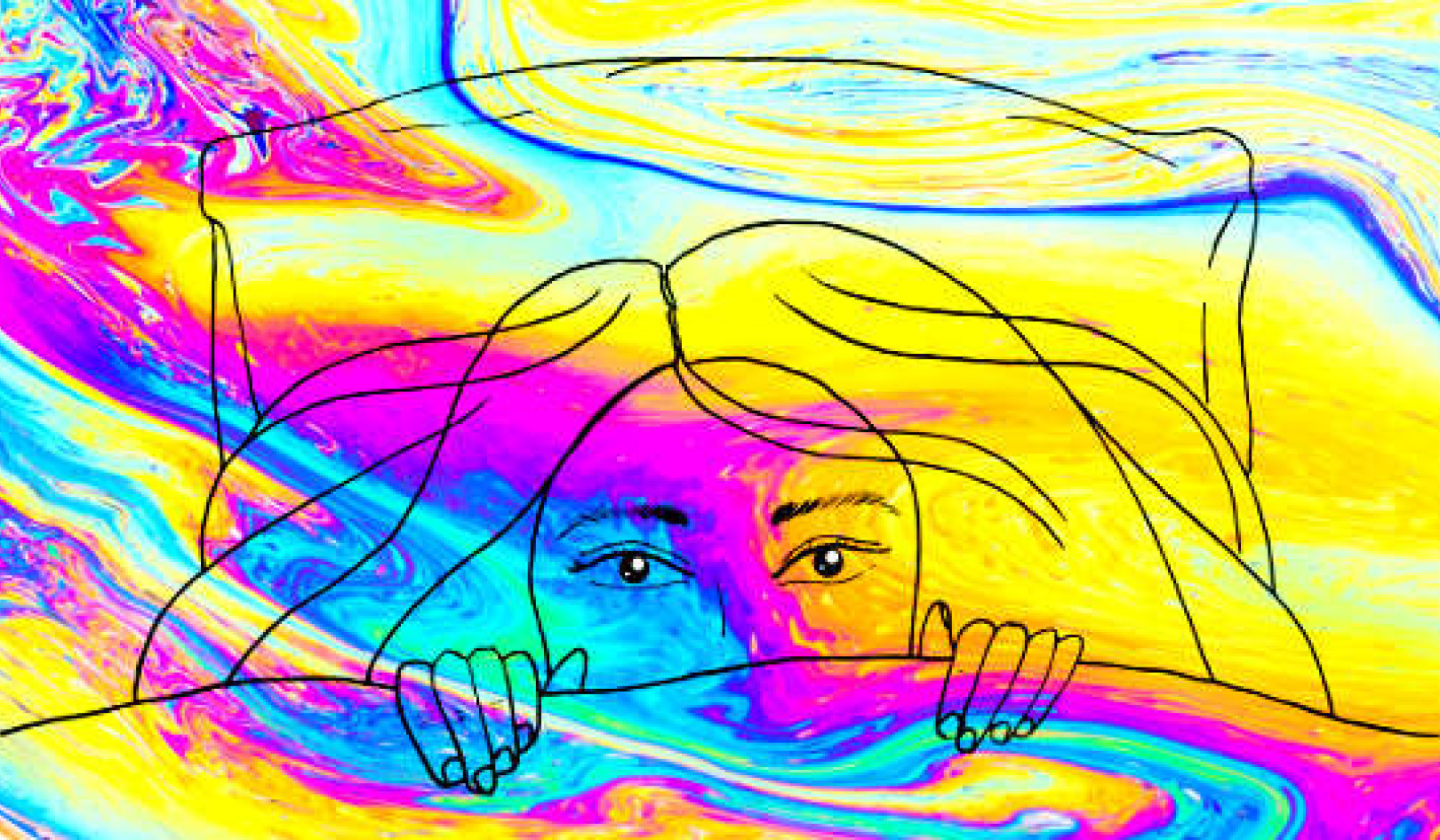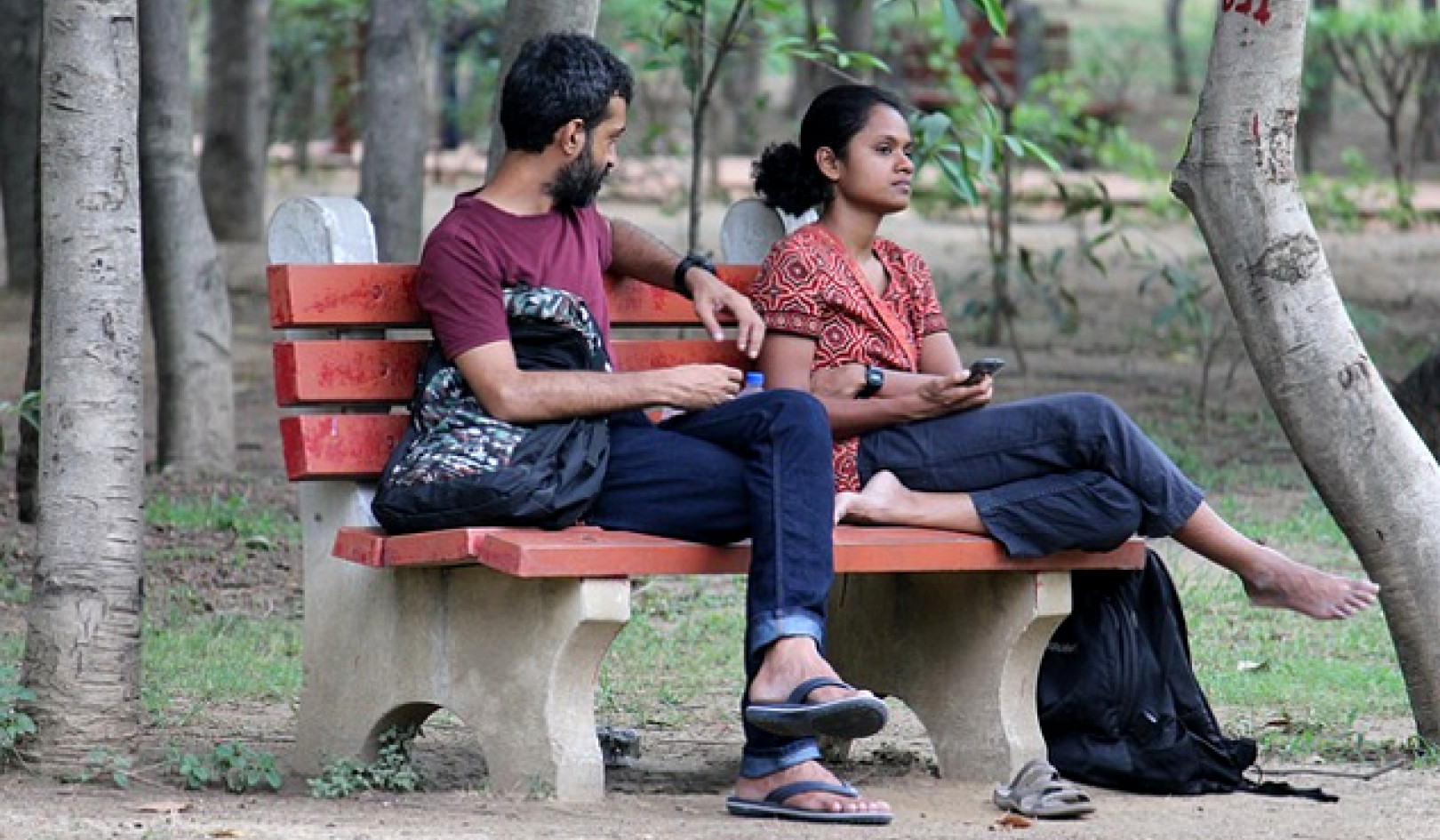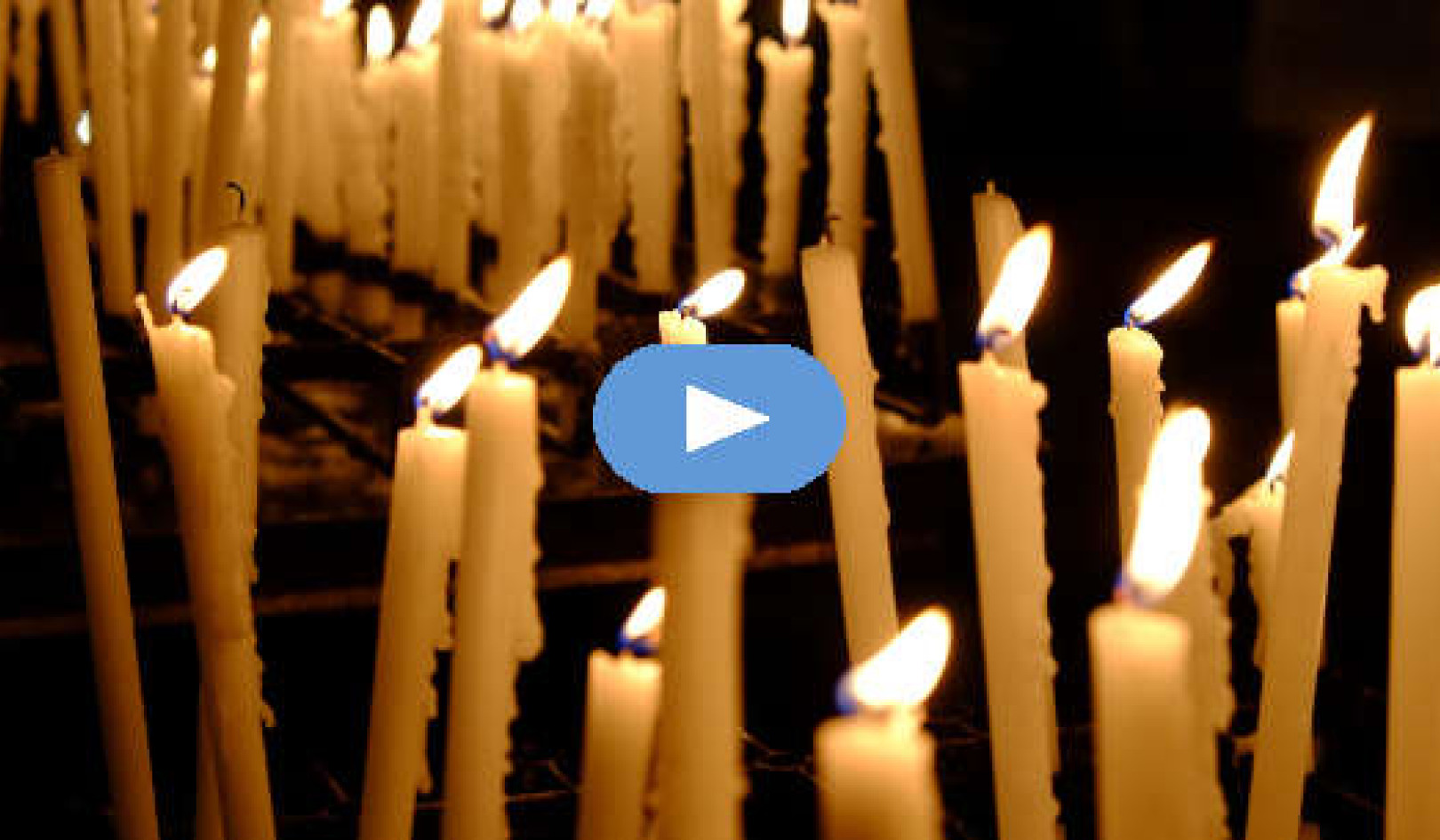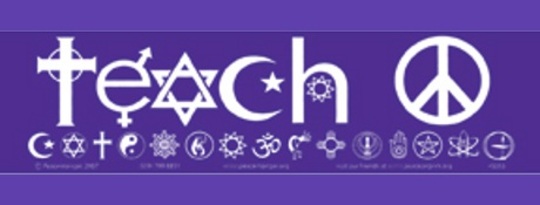
One hundred years ago, Charles Bonney, who presided at the World's Parliament of Religions in Chicago, ended his closing address like this: "Henceforth the religions of the world will make war, not on each other, but on the giant evils that afflict mankind." Sadly, religions have failed to fulfill that hope.
Yet this century, for all its catastrophic wars and acts of genocide, has also seen the growth of a worldwide interfaith movement. Before trying to discern the path ahead, it is worth pausing to see what has been achieved.
World's Parliament of Religions 1893
The World's Parliament of Religions was held as part of the World Fair or Columbian Exposition which marked the four-hundredth anniversary of Columbus's "discovery" of America. The word "Parliament" was chosen to emphasize that participants of all religions were equal, but, in fact, the body had no executive or legislative authority. It reflected the optimism and self-confidence characteristic of the U.S.A. towards the end of the 19th century.
Most of the participants were Christian from a wide spectrum of denominations. Their presuppositions permeated the gathering. Yet the contribution made by those of other faiths, although their number was small, was very significant.
The World's Parliament of Religions gave much attention to the contribution of religion to peace and social issues. Women were encouraged to play quite a part at the Parliament -- more so than at most subsequent interfaith gatherings.
The Study of World Religions
The World's Parliament of Religions gave an impetus to the emerging study of world religions. While such study is an academic discipline in its own right, it has greatly increased awareness of the teachings and practices of world religions at every level. This century has seen an enormous increase in knowledge about world religions. Books, films, and videos are widely available. This study has helped to provide accurate information about the religions of the world. Even so, much ignorance and prejudice still exist.
Knowledge may not of itself create sympathy. Opportunities for personal meeting and friendship are important to dispel prejudice and to encourage real understanding. Many interfaith groups attach much importance to providing opportunities for young people to meet. Often they discover that they face similar problems and that in every society many young people are questioning all religions. They may also discover how much people of all faiths can do together to work for a better world.
Interfaith Understanding
No continuing organization emerged from the 1893 World's Parliament of Religions. At first slowly and recently more rapidly, interfaith groups have been established in many places. Some are quite small, meeting in a home. Members get to know each other and learn about each other's beliefs and practices. Sometimes members pray together or share in social or peace work. Other interfaith organizations are national bodies and some are international, seeking to coordinate global interfaith concern. By 1993, the established international interfaith organizations were the International Association for Religious Freedom, the World Congress of Faiths, the Temple of Understanding, and the World Conference on Religion and Peace.
Those who take part in interfaith bodies seek for a bond between religious believers, despite the differences of belief and practice between and within the great religions. The interfaith organizations all reject syncretism, which implies an artificial mixing of religions, and indifferentism, which suggests that it does not matter what you believe. None of these organizations are trying to create one new world religion, although some other groups have that hope.
Respecting Other People's Faith
 The interfaith organizations accept that most of their members will be loyal and committed members of a particular faith community. Respect for the integrity of other people's faith commitment and religious practices is essential. For them, the search for understanding and cooperation is urgent in itself.
The interfaith organizations accept that most of their members will be loyal and committed members of a particular faith community. Respect for the integrity of other people's faith commitment and religious practices is essential. For them, the search for understanding and cooperation is urgent in itself.
In their early years the international interfaith organizations tended to stress what united religious believers. Now, with greater trust and knowledge, equal emphasis is given to appreciating the distinctive contribution each faith -- and the various traditions within each faith -- make to human awareness of the Divine. Increasingly, those who occupy leadership roles in the various religious communities have begun to take an active part in interfaith organizations, whereas at first the initiative lay with inspired individuals.
It has taken a long time to erode the traditional suspicion and competition between religions -- and it still persists, especially in the problems created by aggressive missionary work. The main brake on the growth of interfaith understanding has been the conservatism of religious communities. Happily, now, those at the leadership level in many religious traditions recognize the vital importance of interreligious cooperation.
Peace through Religion
While all efforts for interfaith understanding promote a climate of peace, some interfaith organizations, especially the World Conference on Religion and Peace, have concentrated on encouraging religious people to be active in peace work. Attempts to bring together people of different religions to promote peace date back to the early part of the 20th century. Even so, the first Assembly of the World Conference on Religion and Peace did not meet until 1970. It is hard to assess the impact that religious people can have on political processes, especially as politicians seldom acknowledge those who have influenced them. Modern communications have given added weight to popular opinion.
Religious leaders may play an important role in forming public opinion by insisting on the relevance of spiritual and moral considerations. They have helped to maintain public alarm at the enormous stockpile of nuclear weapons and other means of mass destruction. They have voiced public outrage at the starvation of millions of people due to war, injustice, and unfair patterns of international trade. They have upheld human dignity and protested against torture and racism. They have underpinned efforts to develop internationally agreed standards of human rights and have helped to monitor their application. Interreligious conferences have been among the first to warn of threats to the environment. In local areas of conflict, religious people have often maintained contact across boundaries and divisions. Yet often, too, religious people have used religious loyalties to enflame conflict and have allowed particular interests to outweigh common human and religious moral values. Some extremists stir up religious passions to gain support for their own agendas.
The Power of Prayer
It is even more difficult to evaluate the power of prayer, but certainly remarkable changes have recently taken place in the world scene, especially since the first World Day of Prayer for Peace at Assisi in 1986. Each year some people of all religions join in The Week of Prayer for World Peace. Special days of prayer are held to mark human rights anniversaries and for particular areas of conflict. Many people regularly repeat the Universal Prayer for Peace:
Lead me from death to life, from falsehood to truth.
Lead me from despair to hope, from fear to trust;
Lead me from hate to love, from war to peace.
Let peace fill our heart, our world, our universe.
Seeking a Global Ethic
The interfaith movement is becoming increasingly more practical with a new emphasis on ways of cooperating to face urgent problems and to seek a "global ethic" or consensus on moral values. The discovery of those who attended the first meeting of the World Conference on Religion and Peace in Kyoto, Japan, in 1970, was that "the things which unite us are more important than the things which divide us".
The interfaith organizations have shown that people of many religions can agree on the importance of peace and justice and on action to relieve suffering and to save the planet's ecosystem. The events and publicity during 1993, the Year of Interreligious Understanding and Cooperation, provided a chance to make the vital importance of interfaith work far more widely known, not only in combating extremism and communalism but in harnessing the energies of all people of faith and of goodwill to tackle the urgent problems of the world. Only by working together will the dreams of 1893 be realized. Only by standing together will prejudice and discrimination be removed, violence and injustice ended, poverty relieved, and the planet preserved.
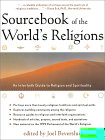 This article was excerpted with permission from:
This article was excerpted with permission from:
Sourcebook of the World's Religions
edited by Joel Beversluis.
Published by New World Library, Novato, California, USA 94949. ©2000. www.newworldlibrary.com.
Info/Order book.
About The Author
Rev. Dr. Marcus Braybrooke is an author, trustee of the International Interfaith Centre, World Congress of Faiths (http://www.worldfaiths.org), Council for a Parliament of the World's Religions, and the Peace Council. Part I and Part II of this essay were previously printed as Chapter 2 and part of Chapter 8 in Faith and Interfaith in a Global Age, CoNexus Press and Braybrooke Press, 1998, Grand Rapids and Oxford.



















